San Francisco Neon
“The signs are sponges that soak up the city’s history,” says Randall Ann Homan of San Francisco Neon.
Neon signs have evolved from advertising to art, often illuminating the memories of long time San Francisco residents. As they began winking out, Homan and parter Al Barna were taking photos of the remaining signs and advocating for the preservation of the city’s neon history.
by J. Poet
They say the neon lights are bright on Broadway. While that was once true, the neon signs on San Francisco’s Broadway have dimmed in recent years. Many jazz clubs and strip bars have gone under, leaving only a handful of neon beacons behind, but if the bright lights of the big city are your thing, you can still find them with the help of Randall Ann Homan and Al Barna of San Francisco Neon.
““The signs are sponges that soak up the city’s history,””
“Even when I was a kid, the ambient glow of neon signs attracted me,” Homan said. “They always seemed bigger than life. When I came to San Francisco as an art student, there was a lot of neon in this town, something we took for granted. When they took down the Hunt’s Donut sign on 22nd Street in the Mission – it had neon donuts dropping down the length of the sign to splash into a cup of neon coffee – we got involved in preserving and documenting the city’s neon signs.”
“Years ago, neon started replacing incandescent bulbs, because neon was colorful, cheaper, and used less electricity,” Barna explained. “Neon signs were invented in Paris. An early commercial application of neon was for a 1910 automobile show at the Grand Palais. The neon glow stopped traffic. One of the first neon signs in the US was made for a Packard automobile dealership in Los Angeles in 1923. Neon, like automobiles, quickly became a symbol of modernity.”
Neon signs evolved from advertising to art, often illuminating the memories of long time San Francisco residents. As they began winking out, Homan and Barna were taking photos of the remaining signs and advocating for the preservation of the city’s neon history. They put out two books - San Francisco Neon: Survivors and Lost Icons (2014) and Saving Neon: A Best Practices Guide (2018) - and started doing guided tours of San Francisco’s neon landmarks.
“A design organization asked us to do a walking tour of the city’s best surviving signs,” Barna said. “We didn’t think we’d do more than one, but there was so much interest, it took off. We don’t get many tourists, mostly locals interested in viewing the city’s history through this unique lens.”
“The signs are sponges that soak up the city’s history,” Homan said. “They’re so eye catching that they become neighborhood landmarks and often stay illuminated, even after the original business is gone. On our walks, we tell the story of the business, the manufacturers of the signs and their designs and the neighborhood history. Many signs decorated the fronts of smaller mom and pop businesses.”
“Many small legacy businesses are having trouble surviving in this economy,” Barna said. “We can help by giving them a shout out on the tours.”












